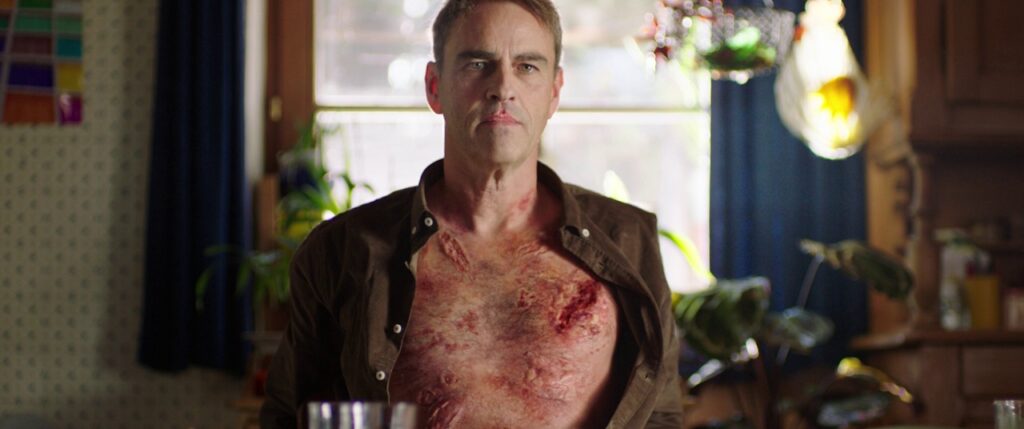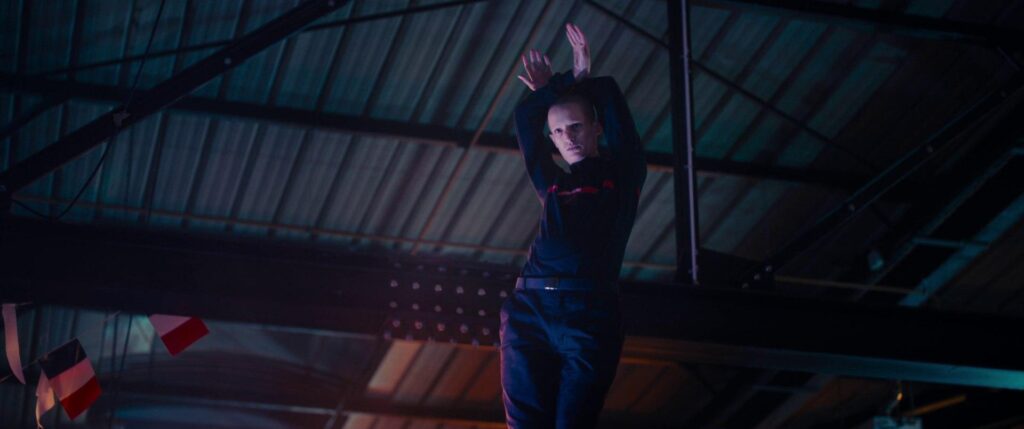Julia Ducournau, a talented French filmmaker, has gained widespread recognition for her unique approach to storytelling and her ability to transform personal traumas into thought-provoking narratives. In this article, we will explore how Ducournau fearlessly delves into sensitive subjects, such as sexual abuse, and translates them into subtext and symbolism within her films. We will examine her acclaimed works “Raw” (2016) and “Titane” (2021), which both tackle controversial themes and showcase Ducournau’s remarkable storytelling prowess.
[Julia] Ducournau’s films herald a novel approach to French filmmaking that boldly and unapologetically breaks convention. Both movies unfurl as visceral body horror that stems from real-life trauma. Dubbed as “elevated horrors,” they strike a chord with audiences as they unveil how authentic human experiences give rise to true horror. The female protagonists in Ducournau’s stories exude an unrelenting sense of alienation from the world, and the actresses’ performances elicit raw and uncomfortable reactions. The filmmaker’s mastery lies in how the cringe factor of her films draws viewers in, capturing a sense of authenticity that hits close to home, making them truer than any horror flick before them.
Dylan Pelgrims
Raw (2016)
In her debut feature film, “Raw,” Ducournau presents a compelling exploration of sexual abuse through the lens of cannibalism. The story follows the journey of a young veterinary student, Justine, who discovers her hidden desire for human flesh after a hazing ritual gone awry. By using cannibalism as a metaphorical device, Ducournau brilliantly reflects the inner turmoil and repressed desires experienced by victims of sexual abuse.
Ducournau utilizes various elements of horror to capture the visceral and psychological aspects of trauma. The consumption of human flesh becomes a symbol of power, control, and liberation for Justine, as she navigates her newfound desires and confronts the trauma that has shaped her. Through meticulous storytelling and striking visuals, Ducournau invites audiences to grapple with uncomfortable truths, raising questions about the consequences of suppressing one’s true self.

Titane (2021)
In her latest film, “Titane,” Ducournau puts among other things sexual identity under the loop, employing the concept of mechanophilia to delve into themes of identity, acceptance, and transformation. The story revolves around Alexia, who survives a car accident as a child and embraces her destiny by assuming the identity of a male serial killer. Her journey intertwines with that of Vincent, a firefighter who has a deep-seated longing for his lost son.
By juxtaposing the unconventional love story between Alexia and Vincent, Ducournau challenges societal norms surrounding gender and identity. The mechanical aspects in the film serve as a metaphor for the transformative power of acceptance and the blurring of traditional boundaries. Ducournau’s unique narrative choices and bold visual imagery create an unsettling yet captivating experience, pushing viewers to ignite debates about uncomfortable topics.

Ducourneau’s Artistic Vision
Julia Ducournau’s ability to tackle sensitive subjects in her films and translate them into subtext and symbolism showcases her distinctive artistic vision. Her unflinching approach to storytelling, coupled with her intricate attention to detail, makes her films emotionally charged and intellectually stimulating. By weaving trauma into her narratives, Ducournau invites audiences to confront uncomfortable realities and explore the complexities of the human experience.
Ducournau’s films have garnered critical acclaim, provoking discussions on taboo subjects and challenging societal norms. Her willingness to push boundaries and embrace unconventional narratives has cemented her status as a groundbreaking filmmaker. Through her work, she not only sheds light on marginalized experiences but also fosters empathy and understanding.

Conclusion
Julia Ducournau’s films “Raw” and “Titane” showcase her remarkable ability to transform personal traumas into profound cinematic experiences. By utilizing subtext and symbolism, she navigates controversial themes such as sexual abuse, challenging societal norms and encouraging introspection. Ducournau’s bold storytelling choices, coupled with her remarkable visual style, create thought-provoking narratives. As she continues to push the boundaries of filmmaking, Ducournau’s impact on the industry and her ability to turn trauma into powerful storytelling will undoubtedly inspire future generations of filmmakers to fearlessly explore the depths of the human condition.





